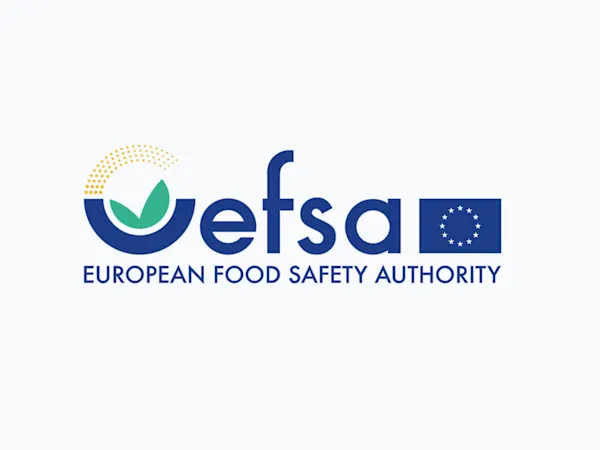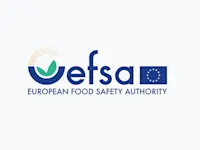
EFSA Seeks Feedback on Overhaul of Weight of Evidence and Biological Relevance Guidance
EFSA launches consultation on updating its Weight of Evidence and Biological Relevance guidance, aiming to streamline chemical risk assessment practices.


A new edition of the European Occupational Diseases Statistics (EODS) manual, released by Eurostat, will significantly impact how chemicals-related illnesses are reported across the EU and EFTA. Aimed at improving harmonisation and data quality, this update is expected to influence future revisions of EU chemicals legislation, including the Carcinogens, Mutagens and Reprotoxic Substances Directive (CMRD) and the Chemical Agents Directive.
For professionals in manufacturing, industrial processing, and occupational health, the 2025 manual marks a shift toward more evidence-based policymaking and compliance expectations around chemical exposures at work.
The EODS manual sets out a harmonised framework for reporting recognised occupational diseases, including fatal and non-fatal incidents linked to chemical exposures such as asbestos, silica dust, and solvents. Countries must submit data annually to Eurostat using standardised variables like disease type (ICD-10), exposure agent, severity, and affected sector.
This granular data is key to informing revisions of legislation such as:
By aligning occupational health statistics with regulatory action, the EU seeks to address emerging risks, refine exposure limits, and better protect workers.
The manual also calls for data on economic activity (NACE codes) and employment status, which affects stakeholders well beyond manufacturing. Sectors such as construction, mining, transportation, and even public administration (e.g., fire services) are expected to contribute data—highlighting the policy’s broad relevance.
The new guidelines will particularly influence small and medium-sized enterprises (SMEs), which often face higher OSH risks and limited internal reporting capacity.
This revision supports the EU’s broader Chemicals Strategy for Sustainability and strategic OSH frameworks. The collected data will underpin trend analyses, shape funding decisions, and drive future EU policy updates.
Eurostat’s EU Index, country profiles, and Statistics Explained articles will help stakeholders interpret these trends and assess compliance risks.
Foresight continuously tracks 1000s of sources and maps updates to your portfolio:




EFSA launches consultation on updating its Weight of Evidence and Biological Relevance guidance, aiming to streamline chemical risk assessment practices.

Germany's CONMAR-Impact study sets new environmental quality standards for TNT in marine ecosystems, raising industry-wide compliance questions.

EU Member States urge the Commission to accelerate the REACH revision, citing urgent health, environmental, and industry competitiveness needs.
Subscribe to Foresight Weekly and get the latest insights on regulatory changes affecting chemical compliance.
Free forever. Unsubscribe anytime.
Read by professionals at